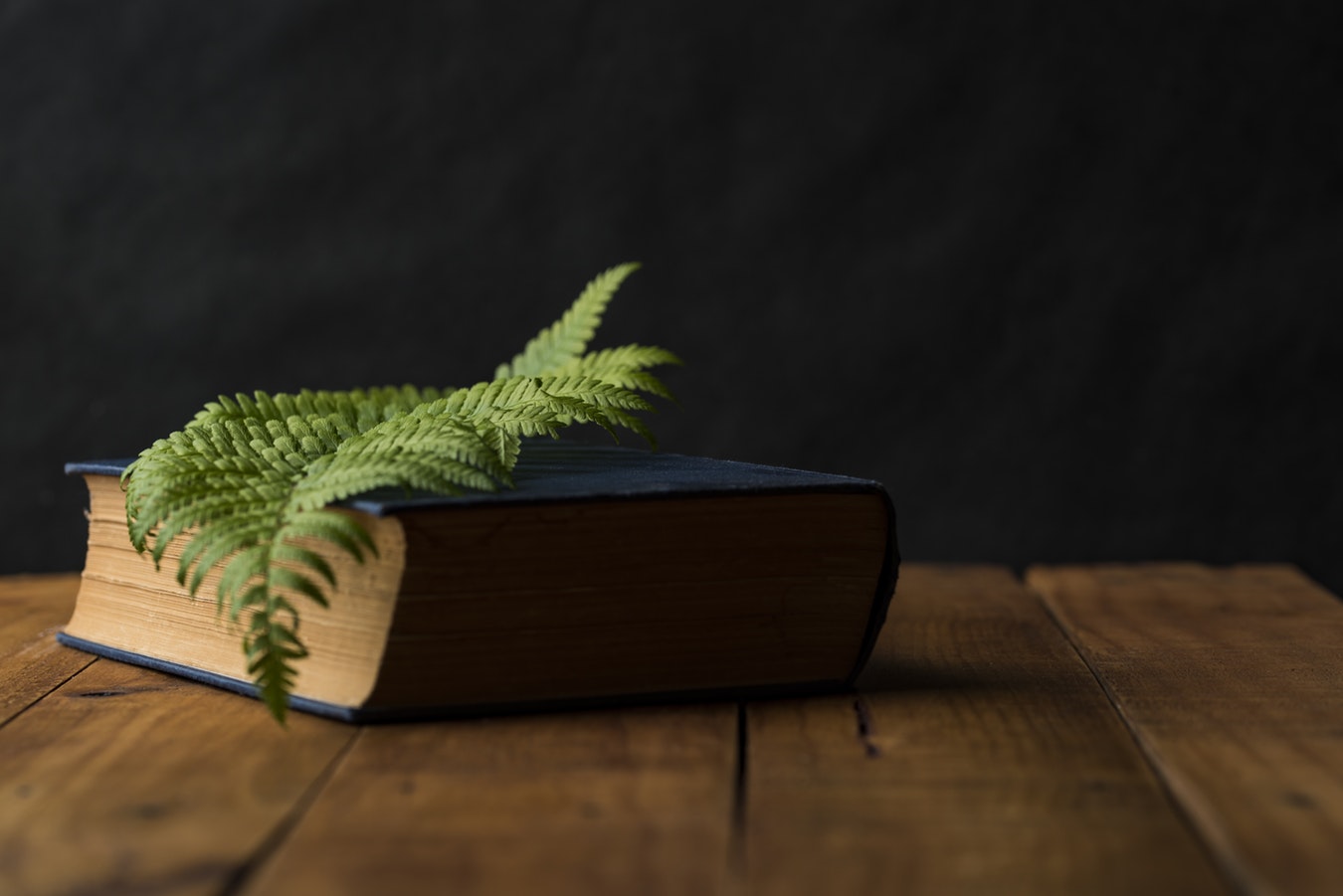Getting Started in Creative Non-Fiction
In 2013, I published a book-length work of creative non-fiction titled Rosina, The Midwife with a literary press out of Victoria, British Columbia. Since the publication of my book, I have been teaching creative non-fiction at university in my city.
If you are curious about writing creative non-fiction, here are some of the notes that I share with students during the first few days of the course that may be a useful for exploring the genre.
Getting started

There are two goals we need to keep in mind as we draft a work of creative non-fiction. With these goals in mind, we can then employ basic storytelling techniques (some that work across genres and some that are creative nonfiction specific) to achieve them. As we read widely in the genre and compose our own works of creative nonfiction, we will also discover more specific techniques that we may wish to employ; some of these techniques may take us right into the boundary zone between fact and fiction.
GOALS
- Transcend mere documentation/record making and move into meaning making
- Maintain a contract with the reader to tell the truth
Some Basic Writing Techniques
- Including both scene (showing) and exposition (telling). The ratio will depend on the content itself and your own choices.
- Including concrete, significant images.
- Incorporating literary devices such as extended metaphor and allusion.
- Determining the focus. As you draft, ask yourself if all the material (each scene, each character, each conversation, any backstory, etc.) serves the story that you are telling. Have you written around the heart of the piece? Have you discovered the story itself through drafting (requiring a shift in focus in subsequent drafts)?
- Including dialogue if it adds value. Dialogue can enhance both scene and characterization and push the plot forward. Remember to consider the contract with the reader.
- As in fiction, characterizing is important. Revealing a central character (i.e. real person) may be more useful than simply telling us about them; showing instead of telling can help to establish trust and reveal characters' complexity.
- Conducting formal (library archives, newspapers, academic articles, interviews...etc.) and creative research (music, poetry, photographs...etc.) to gather material.
Reading Suggestions
Tell It Slant: writing and shaping creative nonfiction edited by Brenda Miller and Suzanne Paola
On Writing Well: The Classic Guide to Writing Nonfiction by William Zinsser
Contemporary Creative Nonfiction: The Art of Truth edited by Bill Roorbach
The Art of Time in Memoir: Then, Again by Sven Birkerts
Good Prose, the Art of Nonfiction by Tracy Kidder and Richard Todd
Do you write creative non-ficiton? What would you add to this reading list? What are some of your favourite CNF writing techniques?
I really enjoy color and foreshadowing.
Color for me is a rather important element it paints a clear image in the reader's mind of something. It can help set the mood or hint at the condition of something. I also feel it points out important of an object. If everything else is not described to have a color and yet this one objects is. This object must either have great important or it’s a red herring trying to throw the reader off as it might have as well in your own research of an event.
With source documents, you can have a rather clear picture of how events end up going. That can be a rather fun thing to foreshadow rather early on and keep building up to that moment for the reader.
When it comes to creative nonfiction how important is the accuracy of what you are telling? Do you have an imaginary line that you try and balance the story on? One where it lets you have some creative fun but that helps fill holes or do you see facts are the facts and you want to try and portray them in a correction as possible fashion?
I’m more of a science fiction enjoyer and writing when it comes to storytelling. I don’t often find myself in the moral dilemma of accuracy that I can see creative nonfiction creates.
There are endless debates within CNF about the boundary zone between fact and fiction -- but for me, I am fine with a writer using imagination so long as they cue the reader that they are using imagination (i.e. "I imagine that my mother said such and such to my father, but perhaps there was nothing but silence..." (a garbage line, but you know what I mean...).
I think a creative non-fiction writer can use all of the tools available to a fiction writer, so long as they let their reader know (that's what I mean about "maintain the contract with the reader to tell the truth). And, if they don't, they are probably just writing straight non-fiction (think traditional journalism).
So, the 'creative' aspect of creative non-fiction is really just in the method used to tell the story (for instance, maybe a collage style written in snippets or maybe incorporating allusion and metaphor) but it does not mean being "creative" with the truth (i.e. making things up for the sake of making things up).
There should not be a dilemma about accuracy -- if the writer finds themselves there, they are likely writing fiction based on fact, and not telling a true story and they need to package it as such.
Good post
Thank you!
Upvotes
Your welcome
Okey...